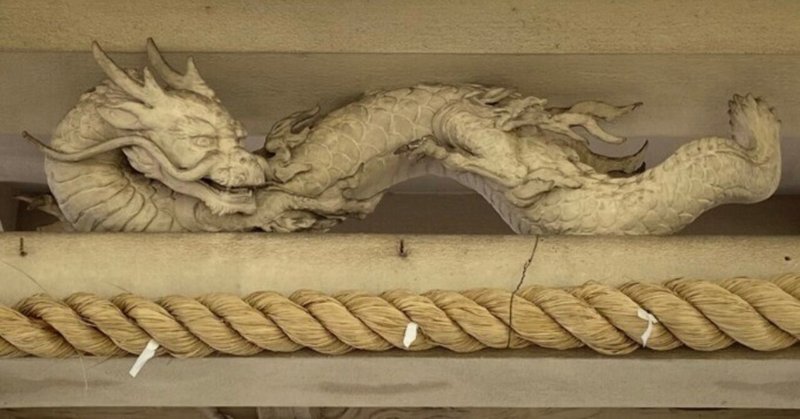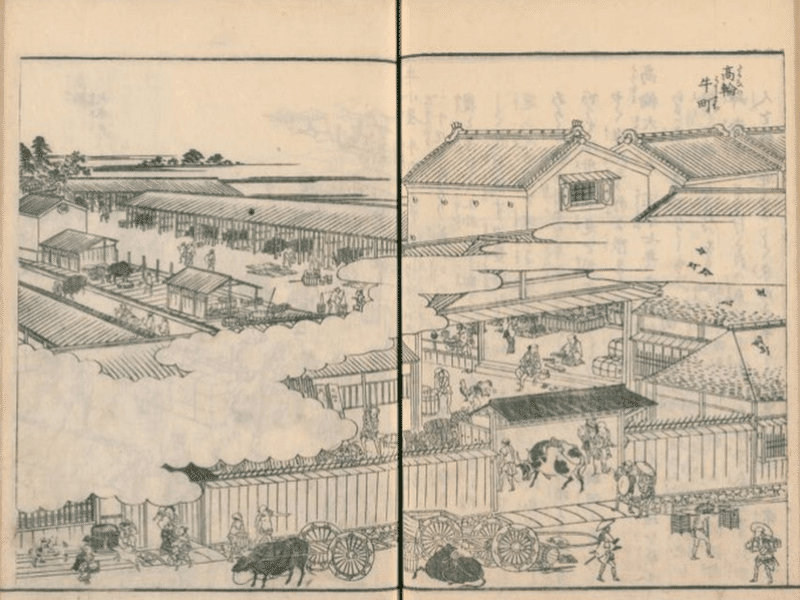
【~連載~静岡の歴史を学ぼう169】Okitsuhiko Jinja 奥津彦神社
※ この記事は「静岡移住計画Facebook」に掲載しております。
上記の写真は奥津彦神社の社殿の一部です。
地元の歴史は案外知らないもの。ただの地元の神社のようで奥深い歴史のある神社をご紹介します。小さい神社、小さい社殿ですが、駿府の漆喰(しっくい)芸術を見ることが出来ます。このように漆喰で作られた立体的な絵を「鏝絵こてえ」と言います。
Okitsuhiko Jinja
奥津彦神社
Okitsuhiko Jinja is located in Kuruma-cho, where people can visit within 5-minute walk from Sumpu Castle Park.
奥津彦神社は車町にあります。駿府城公園から5分ほど歩けば着きます。

It is dedicated to a deity of fire.
火の神様をお祀りしています。
In the Edo period, fire was one of the most fearful disasters for residents.
江戸時代、住民たちにとって火事が一番恐ろしい災害の一つでした。

Enshrining a fire deity in a local shrine was considered to be important to prevent fire.
地元の神社で火の神様を祀ることが火事を防ぐのに大事だと考えられていました。
According to this shrine’s record, Okitsuhiko Jinja was established by Imagawa Nakaaki, the son of the 3rd head,Imagawa Norikuni .
神社の記録によると、奥津彦神社は創建したのは今川仲秋、今川家三代当主今川範国の息子です。

At that time, this shrine served as ujigami or the guardian deity for three local districts, Kuruma-cho, Yotsuashi-cho and a part of Kamiuo-machi.
その時、この神社は地元の三つの町内、車町、四足町、上魚町の氏神様となりました。
The locals from these districts were 'ujiko ', or local residents worshiping the same guardian deity.
3つの町内の人々は氏子となりました。

The location of this shrine is Kuruma-cho, where ox-cart operators used to be brought from Kyoto and settled by Lord Tokugawa Ieyasu at the beginning of the Edo period.
この神社がある場所は車町で、江戸時代の始め、京都から徳川家康公によって呼び寄せられた牛飼いたちが住んでいました。

国立国会デジタルコレクションより
They were in charge of transportation in Sumpu.
彼らは駿府の運輸を担っていました。
However, they were forced to move to the fifth district of Anzai because of the smell emitted by oxen.
しかし牛から出る臭いのため、安西5丁目に移らざるをえませんでした。
After that, many plasterers and scaffolding workers who worked on the construction of the Sumpu Castle came to live there.
その後、駿府城を建築するための左官職人、とび職人たちがそこに住むようになりました。
Some plasterers began to make images with plaster and this method was elevated into art at the end of the Edo period by Irie Chohachi in the Izu peninsula, who is the most outstanding plaster artist.
左官職人に、漆喰で絵を描くことが始まり、この手法は江戸時代末期に伊豆半島の入江長八によって芸術の域に高められました。入江長八は最も優れた漆喰芸術家です。

Kuruma-cho also produced the great plaster artist, Morita Kakudo.
車町も優れた漆喰芸術家を輩出しました。森田鶴堂(かくどう)です。
In 1857 (at the end of the Edo period) he was born in Kuruma-cho, home to plaster artisans in Sumpu.
1857年(江戸時代末期)彼は駿府の左官職人の本場、車町に生まれました。

「~漆喰芸術 天下の名工~伊豆の長八・駿府の鶴堂」
静岡文化財団発行
His family business was plastering from generation to generation.
彼の家族は代々左官業を営んでいました。
His son, Morita Tatsuzo, was also a great plaster artist.
彼の息子、森田太津蔵も優れた漆喰芸術家でした。
His artwork, made in 1954, can be seen in Okitsuhiko Jinja in Kuruma-cho.
1954年に太津蔵が作った作品を車町の奥津彦神社で見ることが出来ます。



(参考文献)
「静岡市神社名鑑」 静岡県神社総代会静岡支部 発行
しずおかの文化新書11
「伊豆の長八・駿河の鶴堂 ~漆喰鏝絵(しっくいこてえ)天下の名工~」 静岡文化財団発行
(参考資料) 奥津彦神社の石碑
この記事が気に入ったらサポートをしてみませんか?
